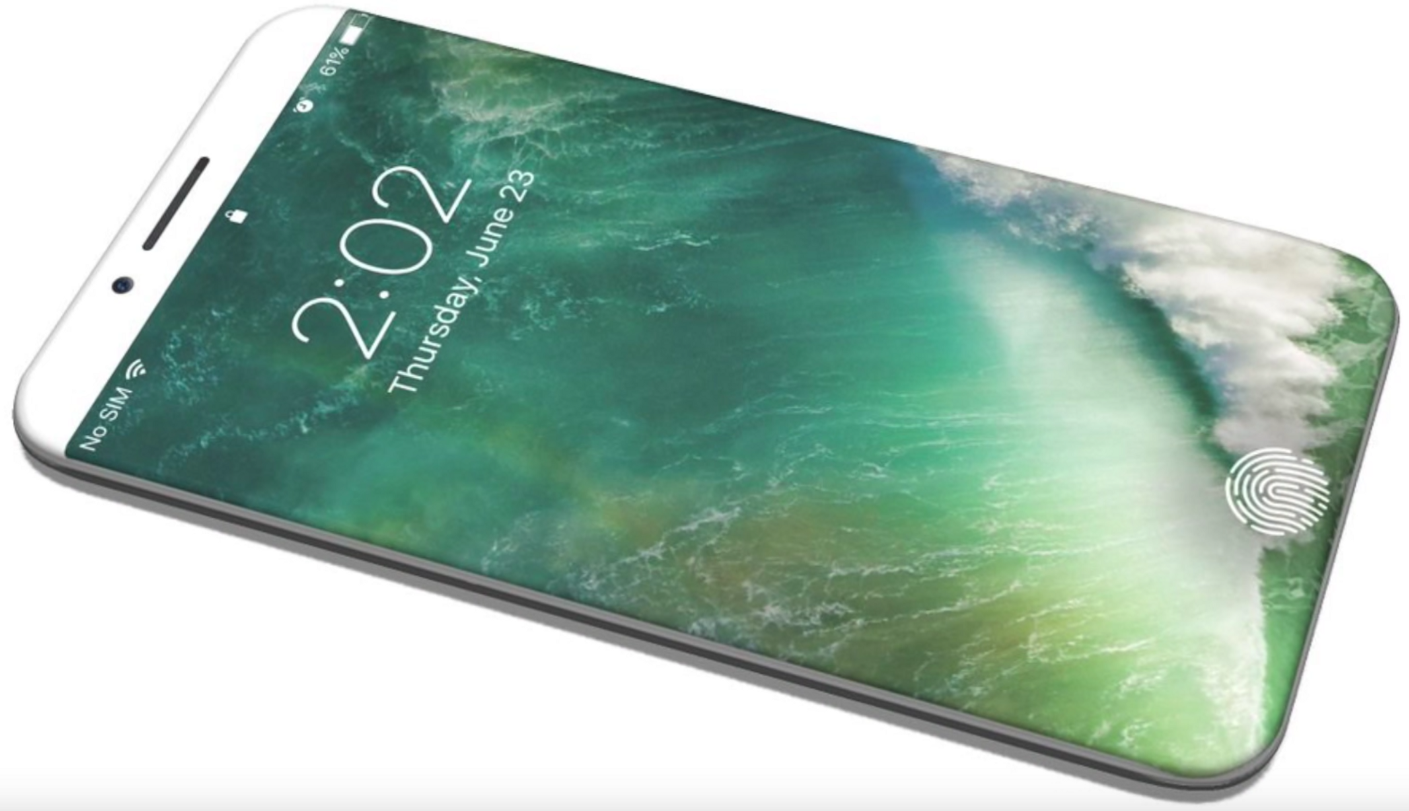
As you know, iPhone 5, iPhone 6 and iPhone 7 models were each released in September of 2012, 2014 and 2016, respectively.
This year, Apple is expected to release a pair of iterative updates in the form of LCD-based iPhone 7s and iPhone 7s Plus models along with an all-new model based on power-saving organic light-emitting diode (OLED) screen and other technological perks.
Based on recent reports, however, it doesn’t look like iPhone 8 will be ready in time for a September launch, creating a unique situation where Apple could pre-announce the new flagship in September before its arrival later in the year.
KGI Securities analyst Ming-Chi Kuo said in a note to clients dated February 24 that Apple is struggling to get iPhone 8 ready in time due to time constraints related to the handset’s advanced augmented reality 3D camera system.
“Unless production of the OLED iPhone (expected to begin in September) gets pushed back, there is virtually no time to make changes to the 3D camera system, either on a parts or module level, given the lengthy review and recertification processes that would be required,” reads the note.
Kuo estimates Apple spent 1-2 years on related-component research and development for iPhone 8’s proprietary 3D camera system, which must be calibrated precisely via active alignment. Piggy-backing on Kuo’s report, Taiwanese trade publication DigiTimes reported last Friday that iPhone 8 won’t be entering mass production before September.

“Production for the new OLED iPhone is unlikely to start until September,” wrote DigiTimes.
The publication attributes the potential delay to Apple’s redesigned fingerprint ID solution which is widely expected to be embedded into the display. Both reports imply that Apple’s high-end iPhone model may not go on sale in September, as has been the case for years. The last iPhone that did not launch in September was iPhone 4s, which arrived in October.
For the sake of completeness, publications like DigiTimes and analysts like Kuo agree that Apple’s iPhone 7s and iPhone 7s Plus updates, which should retain liquid crystal panels, will be entering volume production in July, like prior iPhone models.
A Korean report stated this morning that all iPhone models will adopt OLEDs in 2019.

As mentioned, iPhone 8 should have a power-sipping OLED screen and pack in a bunch of advanced technologies, such as optional wireless charging with fast charging via Lightning, a new form of two-step biometric authentication via facial recognition and a fingerprint reader embedded into the display and much more.
Such perks could potentially send the price of the unlocked device north of $1,000.
According to Kuo, all 2017 iPhone models may support fast charging by the adoption of the USB Type-C Power Delivery standard while still retaining the Lightning port. “A key technical challenge lies with ensuring product safety and stable data transmission during a fast charge,” he said.
Here’s a nicely done conceptual video of how the rumored function area at the bottom of the OLED-based iPhone 8’s display might work, put together by Tech Driven Times.
Kuo heard Apple will adopt Texas Instrument’s power management and Cypress’s Power Delivery chip solutions for 2017 iPhones. iPhone 8 may feature even faster charging thanks to its two-cell L-shaped battery pack design, he added.
“The USB Power Delivery Specification enables the maximum functionality of USB by providing more flexible power delivery along with data over a single cable,” according to USB Implementers Forum, creators of USB technology.
As we explained, with the right cable (Lightning on one end and Type-A or Type-B on the other end), new iPhones should support faster charging without switching Lightning connectors for USB-C as The Wall Street Journal confusingly asserted last week.
If Apple unveils all three iPhones in September but releases only iPhone 7s and iPhone 7s Plus shortly thereafter, would you be willing to wait for the premium iPhone 8 model?